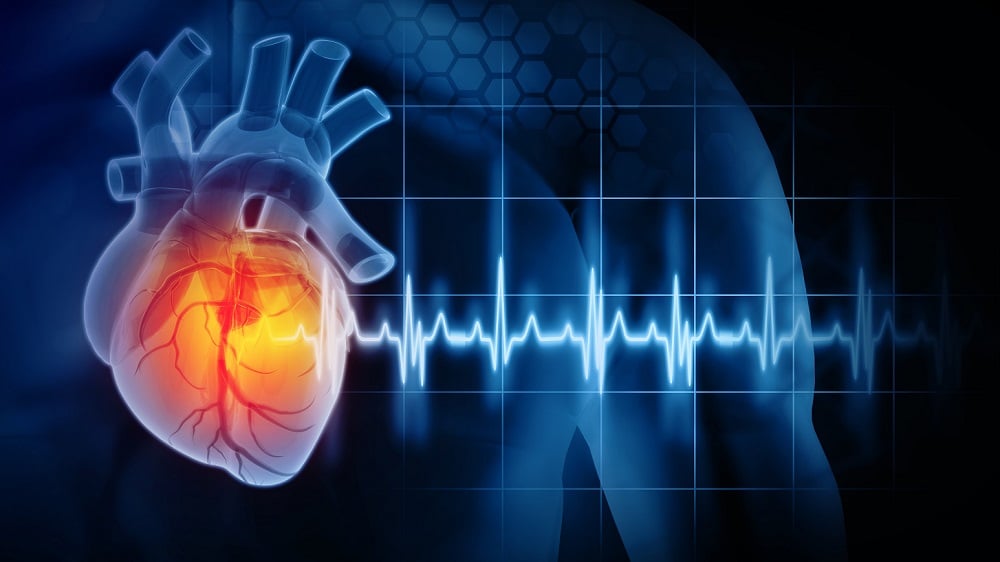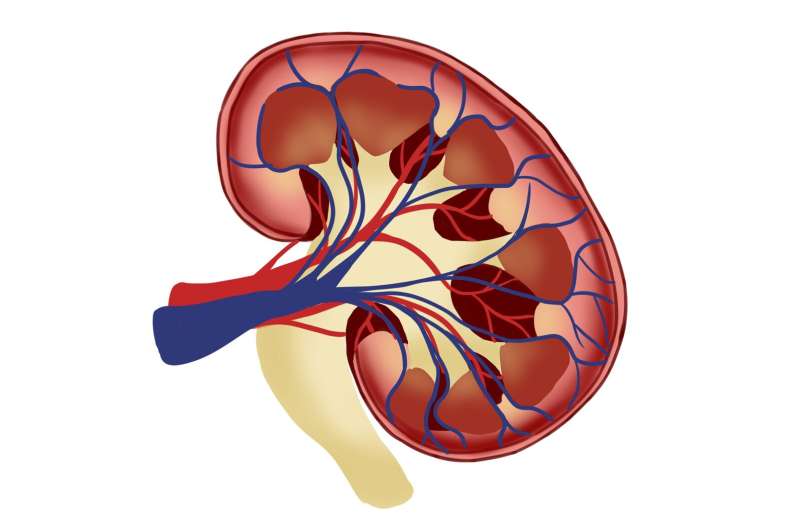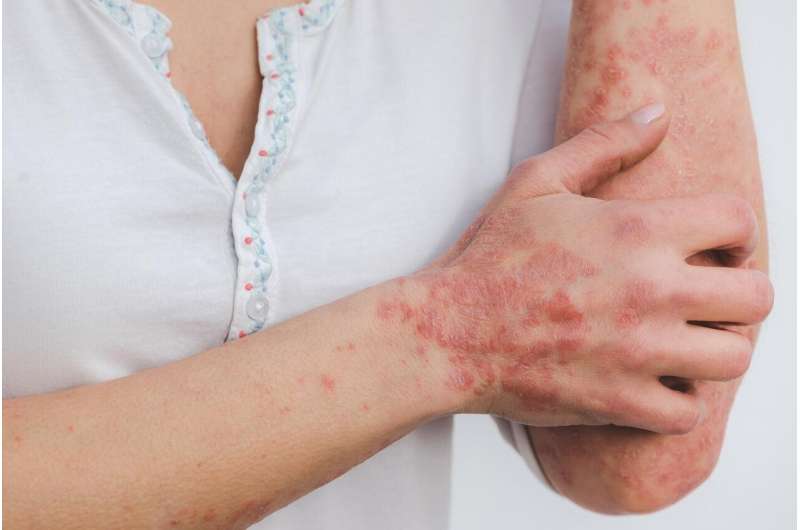Advancements in cancer therapy have significantly progressed in recent years, moving from traditional chemotherapy to a more integrated approach that combines multiple therapeutic modalities. One of the latest developments in this domain involves the innovative use of bacteria-enhanced graphene oxide (GO) nanoparticles, which offer a triple-action mechanism for tumor eradication.
Introduction to Graphene Oxide Nanoparticles
Graphene oxide, recognized for its biocompatibility and large surface area, is becoming a focal point in drug delivery systems and thermal tumor destruction. Despite its potential, clinical applications have been hindered by challenges concerning its dispersibility and large-scale production.
Innovative Research by Professor Eijiro Miyako
To address these limitations, Professor Eijiro Miyako and his research team from the Japan Advanced Institute of Science and Technology (JAIST) have devised a novel GO nanocomposite, enhanced with components derived from bacteria. Published online on March 21, 2025, in the journal Carbon, their study sheds light on how these bacterial properties can augment the effectiveness of GO in cancer treatment.
Mechanism of Action
The newly developed GO-based nanocomposite features components from Cutibacterium acnes (CA) alongside the chemotherapy drug camptothecin (CPT). This unique combination leads to tumor eradication through three synergistic mechanisms:
- Bacterial activation of the immune system: CA components stimulate a robust immune response, enhancing the body's natural defenses against cancer.
- Localized chemotherapy delivery: CPT facilitates targeted chemotherapy to the tumor site.
- Photothermal therapy enhancement: GO nanoparticles intensify the effects of thermal therapy, leading to effective tumor destruction.
According to Dr. Miyako, "CPT delivers localized chemotherapy, GO intensifies heat-based tumor destruction, and CA components activate immune defenses. Together, these effects provide a highly promising cancer treatment."
Preparation and Testing of Nanocomposites
In a laboratory setting, these nanocomposites were synthesized by sonicating a mixture of GO, CA bacterial components, and CPT in a cell culture medium. The final product, averaging around 53 nm in size, exhibited improved dispersibility and biological compatibility due to the bacterial coating.
| Component | Function | Size (nm) |
|---|---|---|
| Graphene Oxide | Drug carrier | 53 |
| Cutibacterium acnes | Immune activation | Variable |
| Camptothecin | Chemotherapy | Variable |
In Vivo Testing
Upon injection into mice with tumors, the engineered nanoparticles demonstrated preferential accumulation at tumor sites while minimizing exposure to healthy tissues, benefiting from enhanced permeability and retention effects. Remarkably, even without laser activation, these particles effectively suppressed tumor growth by harnessing the dual effects of chemotherapy and immune activation.
For improved efficacy, researchers employed a low-power laser (0.8 W) which heated the tumors to 50°C for five minutes, effectively killing cancer cells while sparing surrounding healthy cells. Following five laser treatments, the mice exhibited complete tumor eradication and full recovery.
| Treatment Method | Outcome |
|---|---|
| No laser activation | Suppressed tumor growth |
| Low-power laser | Complete tumor eradication |
Immune Response Activation
Further analysis using qPCR revealed that key immune cells including T cells, B cells, neutrophils, and macrophages were activated in response to the CA components, substantiating the strong immune response elicited by the nanoparticles.
Advantages of the Bacterial-Based Approach
Unlike traditional chemical modification techniques, the bacterial-based methodology presents a cost-effective and scalable alternative for GO modification. Dr. Miyako remarked, "Cancer is a highly progressive and complex disease, requiring a multidimensional approach to fight it. The proposed approach is cost-effective, requires minimal resources, such as bacterial culture media, and is easily scalable for mass production via a simple single-step sonication process."
Conclusion
This groundbreaking study highlights a promising strategy for enhancing GO-based cancer therapies through the implementation of multifunctional nanoparticles with potent anti-cancer effects. As researchers continue to explore innovative approaches, the integration of biology and nanotechnology may pave the way for significant improvements in cancer treatment outcomes.
Further Reading
For more information, refer to the original study titled Hybrid nanoarchitectonics with bacterial component-integrated graphene oxide for cancer photothermo-chemo-immunotherapy published in Carbon in 2025.
References
- Chintalapati, S., et al. (2025). Hybrid nanoarchitectonics with bacterial component-integrated graphene oxide for cancer photothermo-chemo-immunotherapy, Carbon.













Discussion